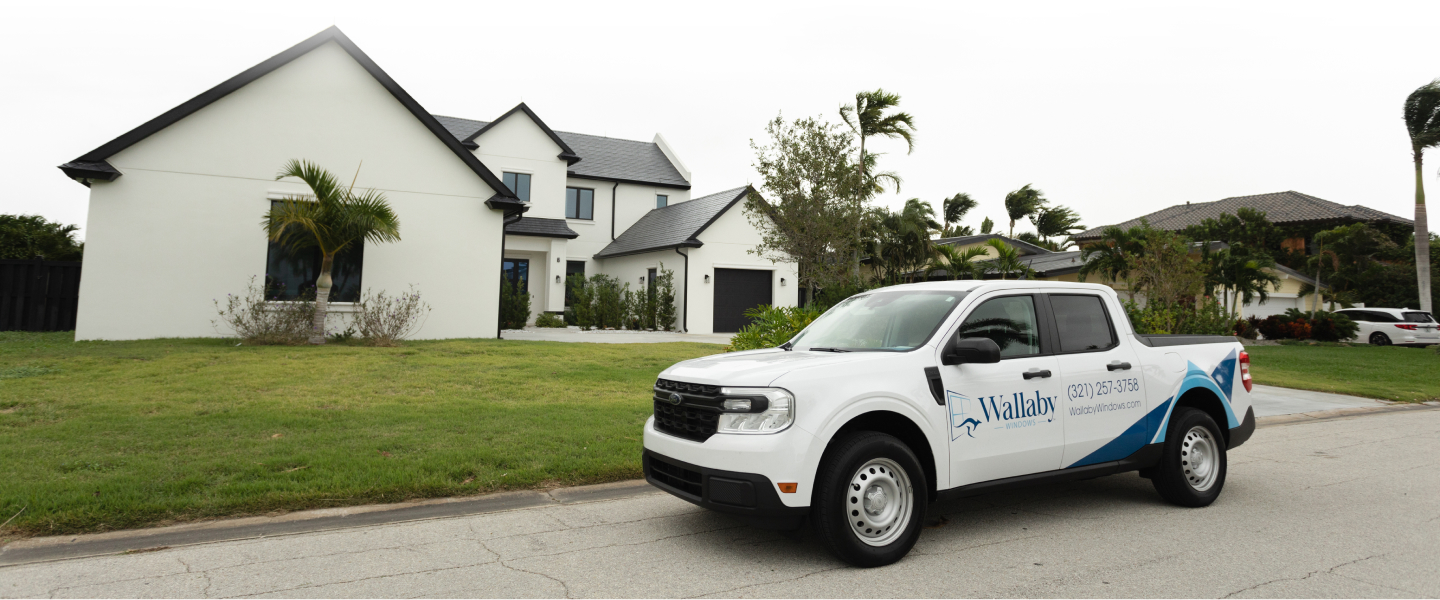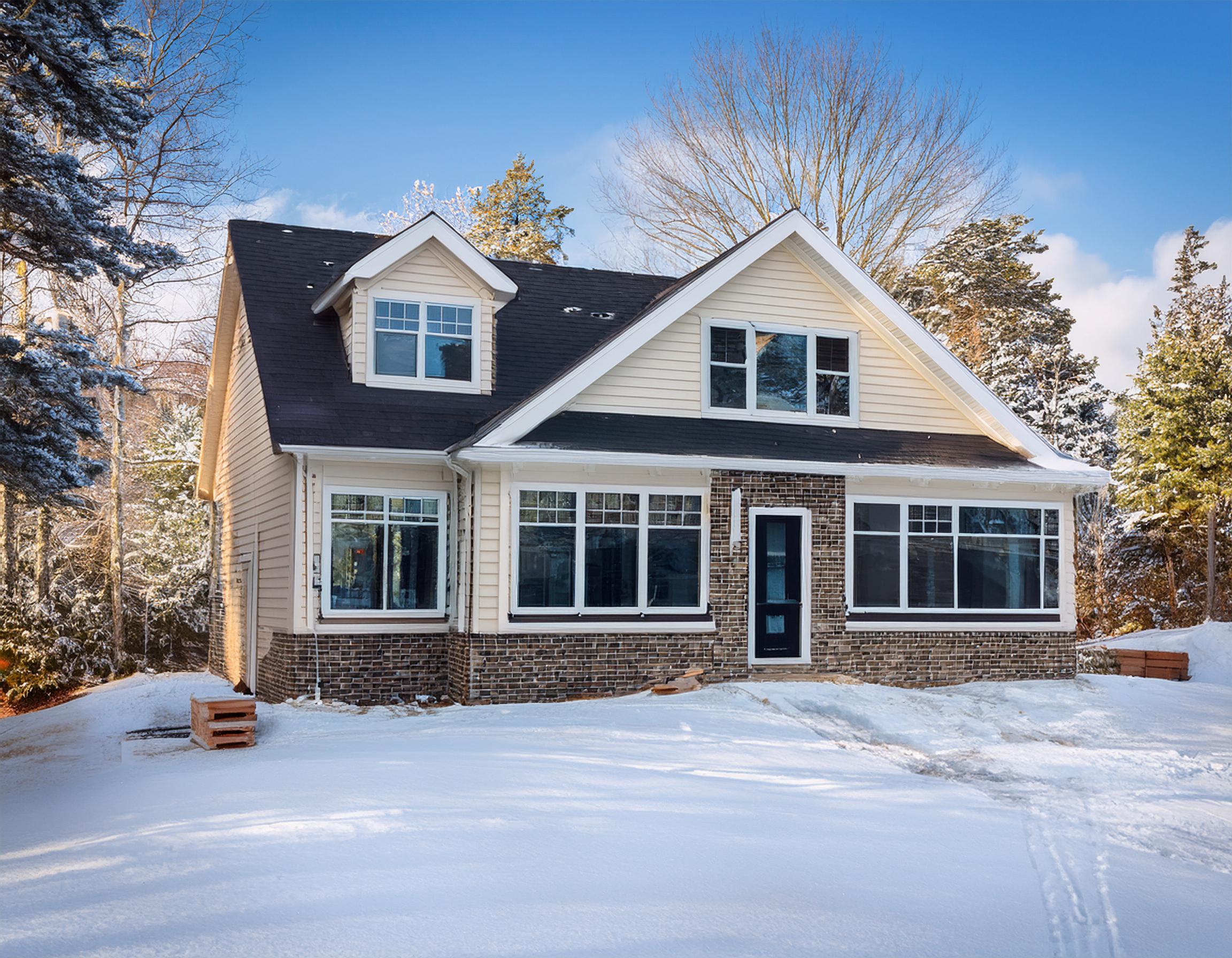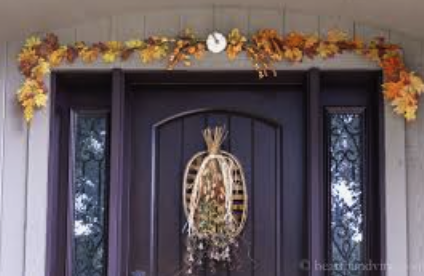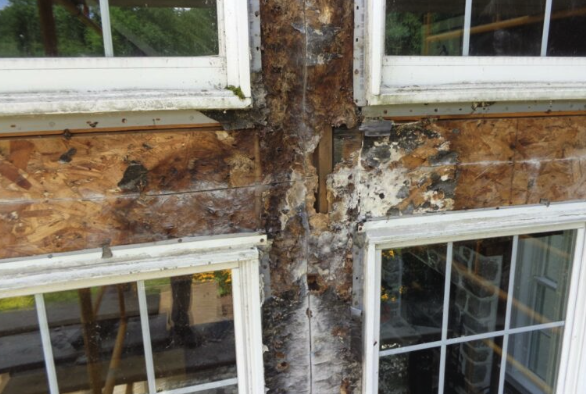A Solution to Energy Efficiency in Modern Homes
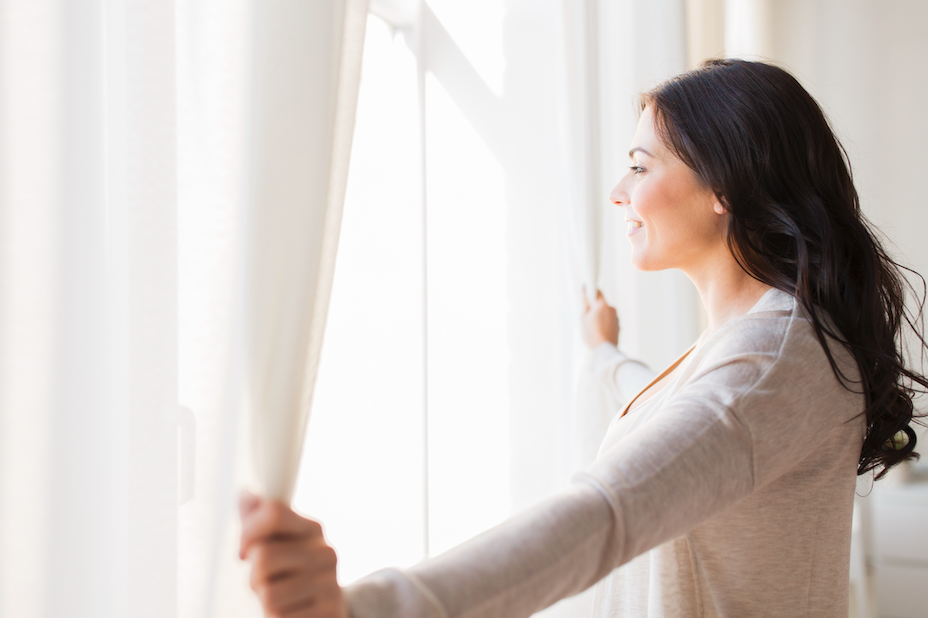
These days, a core focus in buildings is energy conservation. As a result, most homeowners are searching for ways to reduce energy consumption in their homes, and this can be done by taking several necessary steps, including minding the kind of window glass used in your homes.
According to research, 25-30% of residential heating and cooling energy use is caused by heat gain and heat loss through windows. Studies have also shown that 90% of the energy lost through windows is from the glass itself. This is where the low-E glass comes in.
-
What Is Low-E Glass?
Low-E is short for low emissivity, and this kind of glass is designed to reduce the amount of infrared or ultraviolet light that comes through the glass without affecting the amount of light entering the glass. Every Low-E glass contains a layer coating of metal oxide, and it is this substance that allows unperturbed light into your house while blocking off infrared and UV rays.
-
How Does Low-E Glass Work?
The concept of low-E glasses was conceived during the World War 2 era. However, it was not until the late 80s that window manufacturers began to fully utilize the concept of Low-E glass. Initially, the glasses would reflect a green color due to the use of a thin gold layer to coat the window. A year later, in 1981, manufacturers were inspired to use a silver coating instead of gold, and this made it all the better by leaving a colorless reflection.
As the years go by, coatings have experienced a transformation leading to their best version. They have gone from Low-E coatings to electrochromic glazing, to thermochromic glass, to double-glazed facades, and then to thin-film photovoltaics.
The modern-day efficiency window has been improved to make it more spectacular. It is easier to use, visually attractive, efficient, and provides a good Return on Investment. The coating that is used on Low-E glass is very thin, making it transparent. This helps the glass to reflect heat while maintaining a consistent temperature in your home. This type of glass is selectively reflective, giving access to the light of a particular wavelength. It was originally used in cooler climates to keep the home warm, regardless of the climatic condition.
-
Benefits of Low-E Glass
Since the introduction of Low-E glasses, there have been several energy-efficient benefits. Here are some pros of the Low-E glass;
- Supreme Insulating power:
Due to its low-emissivity film, Low-E glass has a higher insulation property than standard glass. This will ensure that your home is warmer in cool climates.
- Reduced energy cost:
By blocking infrared light from penetrating the glass, this glass helps to keep in the healing and cooling energy. This helps to reduce energy losses in your home, thereby saving energy costs.
- Blocked UV rays:
The coatings on the Low-E glass reduce the UV light entering the home. UV lights can be destructive in homes. For instance, they fade the colors of fabric, burn your skin when you are in the sun, and they also expose you to skin conditions like skin cancer, and they increase the risk of potential eye blindness. They can also cause premature aging. Therefore the use of Low-E glass will protect your carpets, rugs, furniture, and drapes, as well as your skin and general well-being.
- Low-E window glasses allow natural light into your home:
Another interesting benefit of this glass is that it does not prevent natural light from entering your home. It will perform its job by shielding you from UV rays and reducing your energy costs while still allowing natural air and light to enter your home.
- Glare reduction:
Glares can be quite distracting. Watching the TV on a sunny day with your window shades open can allow sun rays into your home, which will end up reflecting on your TV screen and other glass surfaces, as well as your picture frames hung on your walls. This can be disturbing to the eyes. Fortunately, with low-E windows, glares are easily blocked out.
- Reduced condensation build-up:
During summer, it is not unlikely to see condensation build up on the glasses. While this might not be much of an issue, continual build-up of this condensation can cause further problems and damage your glass in the long run. With Low-E glass, condensation is minimized or even eliminated. Therefore, you do not have to worry about mold or mildew build-up.
-
Are Low-E Glasses Worth It?
Low-E glasses are a bit on the expensive side, but they are worth the cost. They offer full advantages by giving you all the benefits they offer while adding beauty to your home. When you factor in all the benefits you can get from a Low-E glass, it is more economical than regular glasses.
-
Ready to Get Smarter, More Efficient Windows?
In this day and age, smart installations are winning. If you have regular glass on your windows, you might want to get replacement windows. While the style, size, and design of your window matter, the type of glass used also matters. It is important to take the time to consider the glass type that will suit your home needs more.
Low-E glass plays a vital role in the energy efficiency of your windows. It can reduce energy costs, provide a more durable window for you, has supreme insulating powers, and it can protect you from UV rays.
At Wallaby Windows, we specialize in the installation of energy-efficient windows. We work closely with our customers to ensure that e provide premium products and solutions along with superb customer service. Our products are equipped with sound control, security, and protection from extreme weather conditions.
Wallaby windows can help you with the installation of Low-E glass today. Reach out to us now!
Find a Wallaby Windows Location Near You
